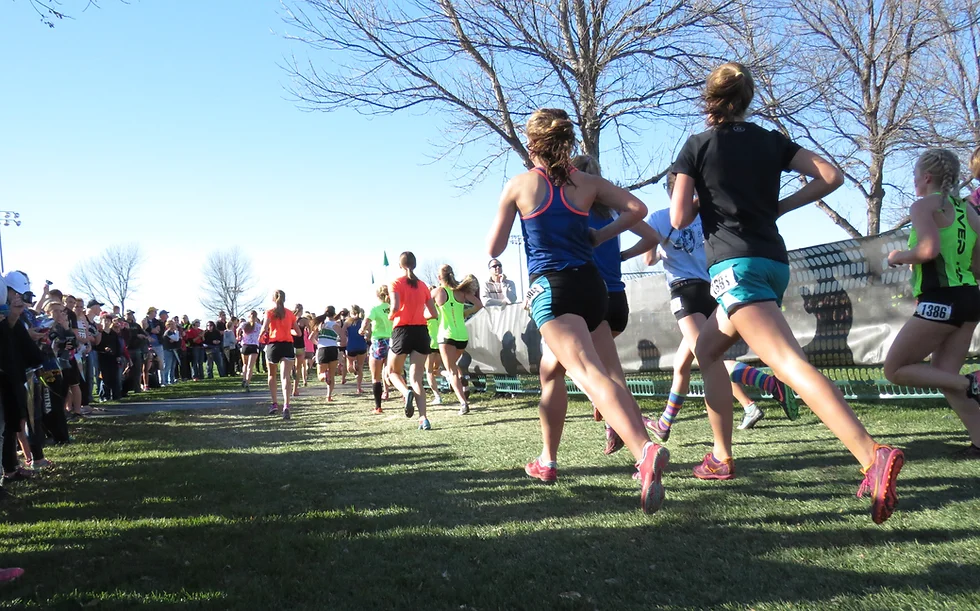Marathon training is a rewarding journey, but it also comes with the risk of injuries due to the physical demands of long-distance running. Whether you’re a seasoned marathoner or a first-time participant, understanding the common injuries runners face and how to prevent them can help ensure a successful and injury-free experience. In this post, we’ll explore some of the most common marathon injuries and provide tips on how to prevent them, allowing you to focus on your training and performance.

Shin Splints: Managing the Pain and Preventing Recurrence
Shin splints, or medial tibial stress syndrome, are one of the most common injuries for marathon runners. The condition typically causes pain along the shinbone, often due to overuse, improper footwear, or sudden increases in training intensity. It is especially common among new runners or those who have ramped up their training too quickly.
How to Prevent Shin Splints:
- Gradual Progression: Avoid increasing your mileage too quickly. Gradually build up your distance and intensity over time to allow your body to adjust.
- Proper Footwear: Invest in shoes that provide adequate support and cushioning. Ensure that your running shoes are appropriate for your foot type and gait.
- Strengthening Exercises: Incorporate lower-leg strengthening exercises such as calf raises and toe taps to improve muscle endurance and support your shins.
- Soft Running Surfaces: Run on softer surfaces like grass or trails instead of hard pavement to reduce impact on your shins.
By taking these precautions, you can reduce your risk of developing shin splints and keep your legs feeling strong and healthy.
Runner’s Knee: Understanding and Avoiding Patellar Pain
Runner’s knee, also known as patellofemoral pain syndrome, is a common condition that causes pain around the kneecap. It often results from overuse, improper biomechanics, or weak thigh muscles that fail to support the knee joint adequately. The pain may worsen with activities like running downhill, squatting, or sitting for long periods.
How to Prevent Runner’s Knee:
- Strengthen Your Quads: Weak quadriceps muscles can contribute to misalignment of the knee. Include exercises like squats and lunges to strengthen the muscles around the knee.
- Check Your Running Form: Poor running mechanics, such as overstriding or improper foot placement, can stress the knee. Focus on maintaining a proper stride and landing with a slight bend in your knees.
- Stretch Your Hamstrings and IT Bands: Tight hamstrings and iliotibial (IT) bands can pull on the knee, leading to discomfort. Incorporate regular stretching for these areas to reduce tension.
- Use Proper Footwear: Worn-out or ill-fitting shoes can alter your gait and increase your risk of runner’s knee. Make sure your shoes provide proper support and cushioning.
By incorporating strength training and improving running form, you can reduce the strain on your knees and prevent the onset of runner’s knee.
IT Band Syndrome: Preventing Lateral Knee Pain
Iliotibial (IT) band syndrome is another common marathon injury that causes pain along the outside of the knee or thigh. It occurs when the IT band—the connective tissue that runs from the hip to the knee—becomes tight or inflamed. This condition is often caused by overuse, poor running form, or weak hip muscles.
How to Prevent IT Band Syndrome:
- Strengthen Hip Muscles: Weak hip abductors can cause the IT band to tighten. Incorporate exercises like side leg raises and clamshells to strengthen the hips.
- Foam Rolling: Regular foam rolling along the IT band and surrounding muscles can help release tightness and prevent inflammation.
- Stretch the IT Band: While it’s difficult to stretch the IT band itself, stretching the hip flexors, hamstrings, and quads can alleviate tension in the area.
- Gradual Mileage Increases: Avoid a sudden increase in mileage, as this can overload the IT band. Gradually build your distance and intensity to avoid overuse injuries.
By strengthening your hips, regularly stretching, and listening to your body, you can reduce the risk of IT band syndrome and avoid its painful symptoms.
Plantar Fasciitis: Heel Pain and How to Manage It
Plantar fasciitis is a common injury that causes pain in the heel, particularly when taking the first few steps in the morning or after long periods of rest. It occurs when the plantar fascia, a thick band of tissue that runs along the bottom of the foot, becomes inflamed. This condition is often caused by overuse, improper footwear, or tight calves.
How to Prevent Plantar Fasciitis:
- Stretch Your Calves: Tight calves can strain the plantar fascia. Regularly stretch your calves and Achilles tendon to reduce tension in the feet.
- Proper Footwear: Wear shoes with adequate arch support and cushioning. Avoid running in old or worn-out shoes that lack support.
- Foam Roll Your Feet: Using a foam roller or a tennis ball, roll the bottoms of your feet to release tension in the plantar fascia.
- Foot Strengthening Exercises: Perform exercises like toe curls and towel scrunches to strengthen the muscles in your feet and improve their ability to support your body during running.
By improving foot mobility and ensuring proper footwear, you can reduce your risk of developing plantar fasciitis and keep your feet pain-free.
Achilles Tendonitis: Preventing Heel and Ankle Pain
Achilles tendonitis is an overuse injury that affects the Achilles tendon, causing pain and swelling in the back of the heel. This condition is often caused by running on hard surfaces, wearing improper footwear, or suddenly increasing training intensity. Achilles tendonitis can be debilitating if not addressed promptly, as it affects the tendon that connects the calf muscles to the heel.
How to Prevent Achilles Tendonitis:
- Strengthen Your Calves: Calf raises and eccentric calf exercises can help strengthen the Achilles tendon and reduce strain.
- Gradual Training Progression: Avoid sudden increases in training intensity or mileage. Gradually build your running distance to avoid overloading the Achilles tendon.
- Proper Footwear: Ensure your shoes offer adequate support and cushioning for your feet, and avoid running in shoes with insufficient arch support.
- Stretching: Regularly stretch your calves and Achilles tendon to maintain flexibility and prevent tightness.
By focusing on calf strength and gradual increases in intensity, you can avoid overuse injuries like Achilles tendonitis.
Conclusion
Marathon training is demanding on your body, and understanding how to prevent common injuries is crucial to staying on track and performing at your best. By taking proactive steps such as gradually increasing mileage, strengthening key muscle groups, using proper footwear, and incorporating recovery techniques, you can reduce the risk of injuries like shin splints, runner’s knee, IT band syndrome, plantar fasciitis, and Achilles tendonitis.
Remember, prevention is always better than treatment. Pay attention to your body, listen to its signals, and take care of yourself during your training to ensure you reach the marathon finish line strong and injury-free











